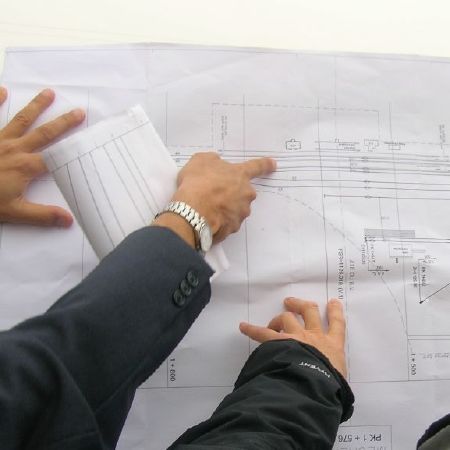Project Verification
Project verification is an activity provided for by art. 26 of the Procurement Code (Italian Law Legislative Decree 50/2016 including subsequent amendments and additions) and its main objective is the reduction of the risks of variations or reservations during the procurement of a public work (bids and tenders).
The Procurement Code requires a Contracting Authority to carry out the prior verification of the project to verify the compliance of the project papers with the documents referred to in Article 23 of the same abovementioned decree, as well as their compliance with current legislation.
To carry out the preventive verification of the project design for an amount equal to or greater than twenty million Euros, the contracting authority must rely on accredited control bodies in accordance with the European Standard UNI CEI EN ISO/IEC 17020.
